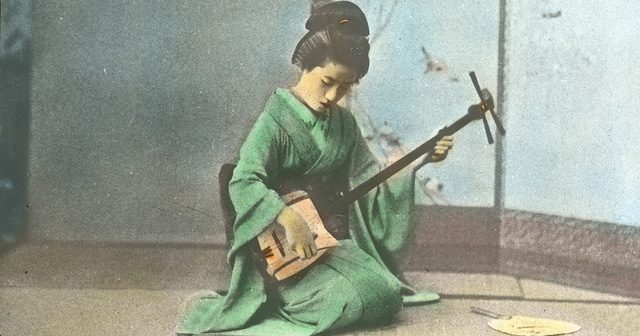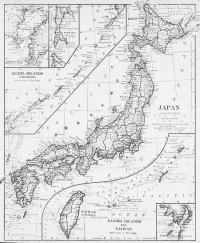 It’s been an incredibly trying year for Japan. Tragedy has brought a proud nation to its knees, making it difficult — yet all the more essential — to remember this ancient culture’s history of beauty and dignity. These remarkable hand-colored images from the early 20th century, unearthed from Oregon State University’s public domain archive, offer a rare look at Japan’s rich cultural legacy. From Tokyo city life to countryside landscapes to worship to play, the images — with descriptions from the verbosely titled 1923 educational book Japan at First Hand, Her Islands, Their People, the Picturesque, the Real, with Latest Facts and Figures on their War-Time Trade Expansion and Commercial Outreach, in which they originally appeared — emante Japan’s timeless pride and breathtaking beauty sleeping beneath the rubble of the recent devastation, awaiting awakening.
It’s been an incredibly trying year for Japan. Tragedy has brought a proud nation to its knees, making it difficult — yet all the more essential — to remember this ancient culture’s history of beauty and dignity. These remarkable hand-colored images from the early 20th century, unearthed from Oregon State University’s public domain archive, offer a rare look at Japan’s rich cultural legacy. From Tokyo city life to countryside landscapes to worship to play, the images — with descriptions from the verbosely titled 1923 educational book Japan at First Hand, Her Islands, Their People, the Picturesque, the Real, with Latest Facts and Figures on their War-Time Trade Expansion and Commercial Outreach, in which they originally appeared — emante Japan’s timeless pride and breathtaking beauty sleeping beneath the rubble of the recent devastation, awaiting awakening.
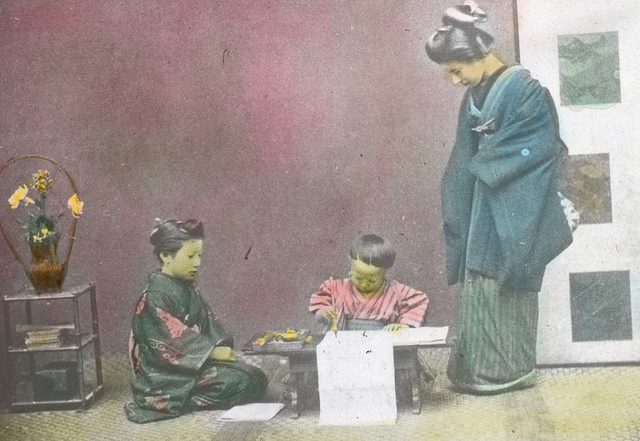
‘No such national furore for education has ever been seen elsewhere as that which has gripped the mind of Japan. Japan proper had a population of 59,138,900 as reported October 1, 1924. At the same time her school enrollment from kindergarten through the university was given as 8,221,615. Over a million and a quarter complete the elementary school work each year. There are sixteen colleges and universities, five being imperial universities. The largest of these — Tokyo Imperial University– had a student body of 5,283 and 414 faculty members in the autumn of 1924.’
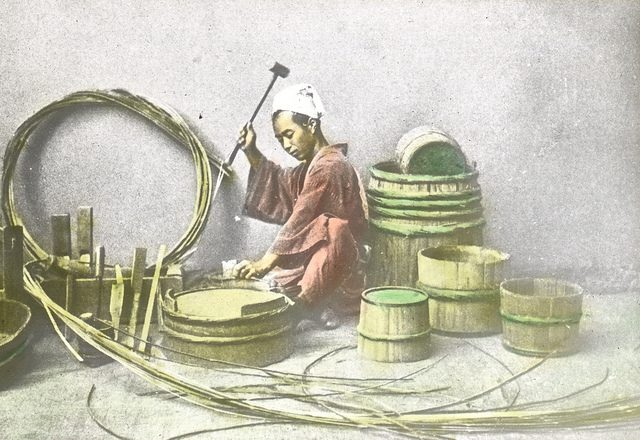
‘This is one of the important trades of Japan. The average wage of coopers is only about fifty cents a day.’
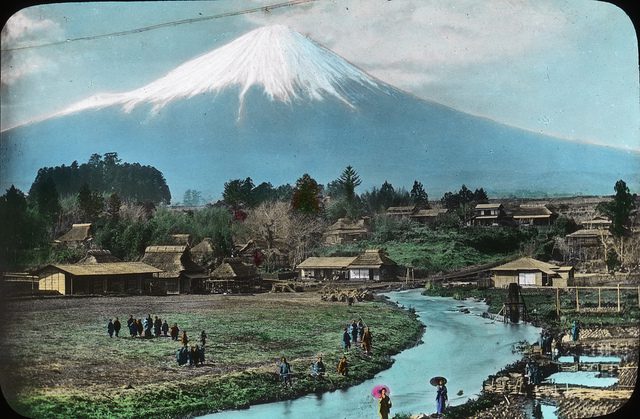
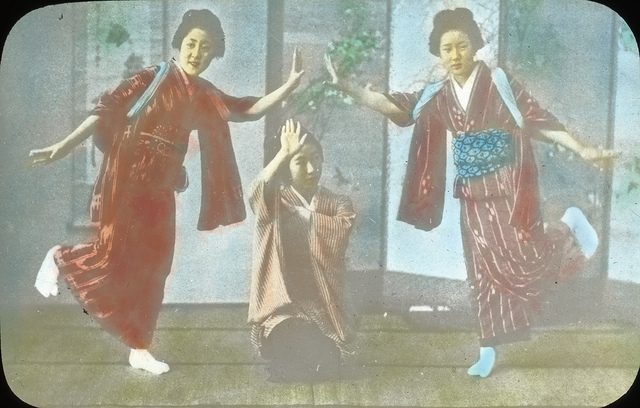
‘The geisha houses, rather humble, certainly unpretentious abodes, group themselves in certain quarters, and the hiring of the girls is done methodically through a central office. The hiring should be accomplished by the restaurant keeper or by the housewife as early in the afternoon as possible, but not after six in the evening, unless absolutely unavoidable. For the preparation of the Geisha is an elaborate affair from the wonderful coiling and adorning of her hair to the fit of her white, heelless shoes. They are taken in rickishas (sic) to the house of entertainment and carried home in the same way when all is over.’
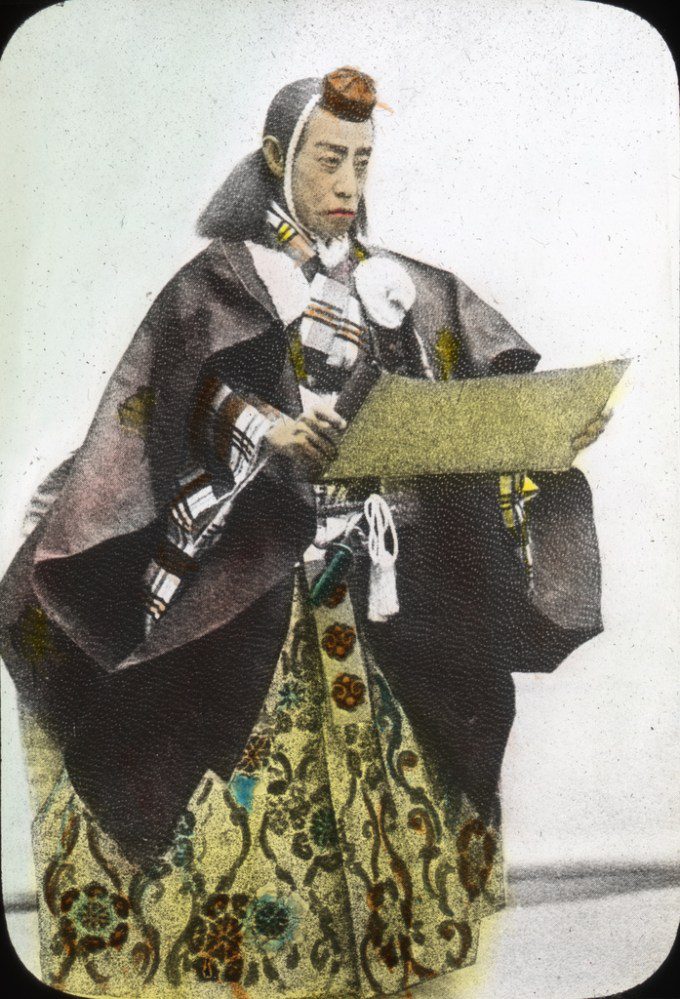
‘Danjuro the greatest actor, the Irving of Japan, in his famous role of Kangoneho.’
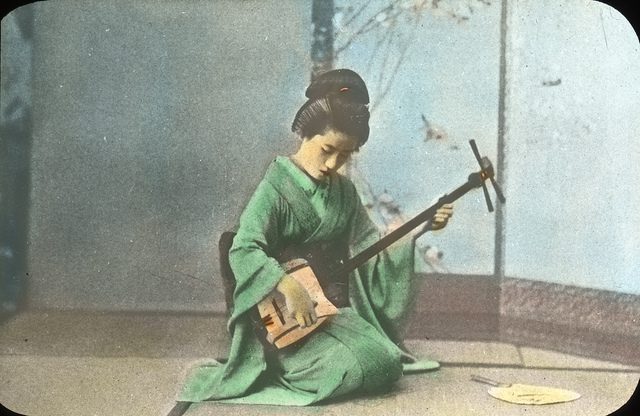
‘The geisha or singing girl to the Western mind fills out the romantic ideal of modern Japan. To the native she is simply a sublimated waitress with dancing and singing trimmings, but she is also a chosen vehicle of Japanese romance. Visions of her dressed in showy silken robes waving a large fan, her black hair marvelously coifed, a fixed smile on her face and moving in rhythmic steps with a special flowing elegance of gesture, rise before those who have seen her at her high functions. Ever to the accompaniment of the tinkling strings of the of the samisen and the full beat of the tsuzumi that picture comes back to the foreigner as the flower of his reminiscence of Japan.’
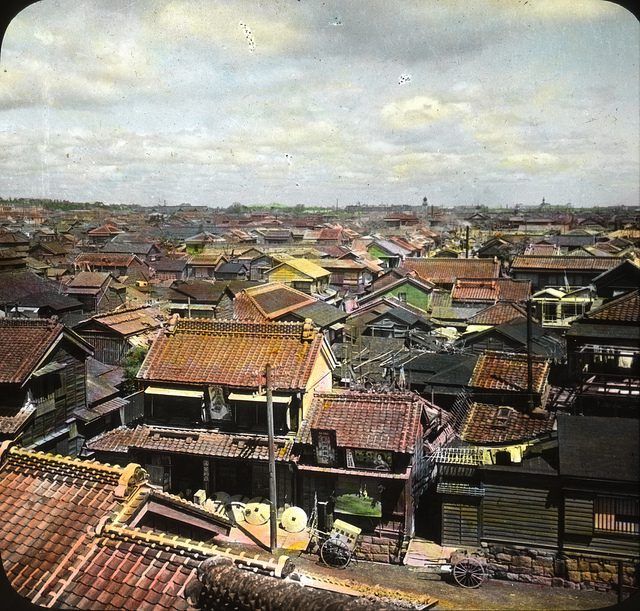
‘Tokyo, the capital of the Empire is one of the foremost cities of the Orient. In spite of the terrible destruction wrought by the earthquake of September 1, 1923, Tokyo will soon be a greater city than before the earthquake. Tokyo city proper under census of August, 1925, had a population of 2,036,136. Including suburbs — that is, Greater Tokyo — the people numbered 3,859,674.’
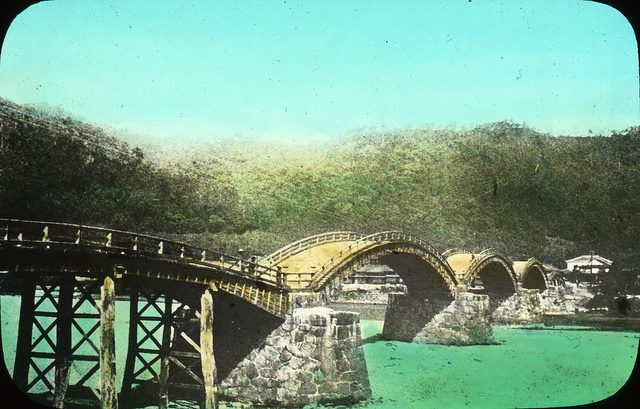
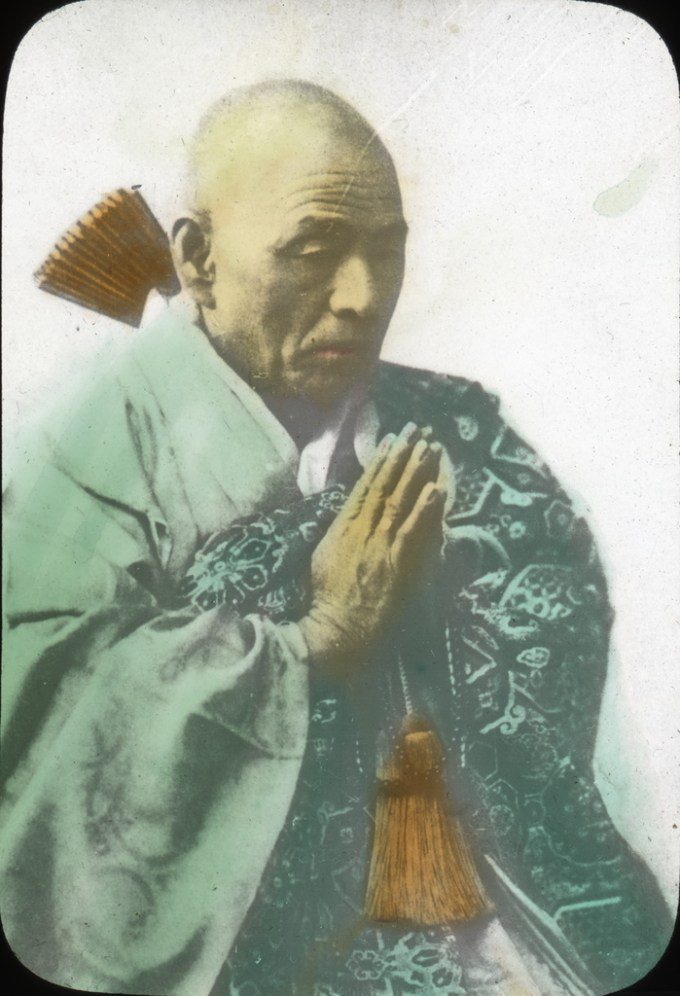
‘When the Buddha priest of Japan seats himself among his congregation to preach, he wears the simplest of robes, a white or sober-hued cassock, but when he opens the sutra or recites the litany, his vestments are of brocade that would serve worthily to drape a throne. Buddhist priests live on contributions of their parishioners and on the income of their lands, now greatly reduced.’
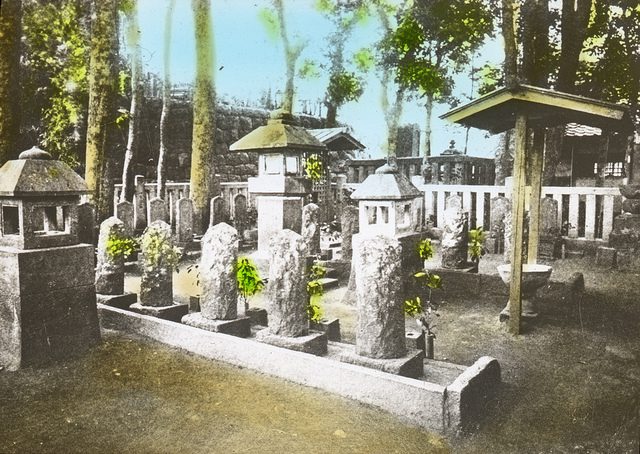
‘The 47 Ronins committed suicide to escape death by the executioner and in death have become popular heroes.’
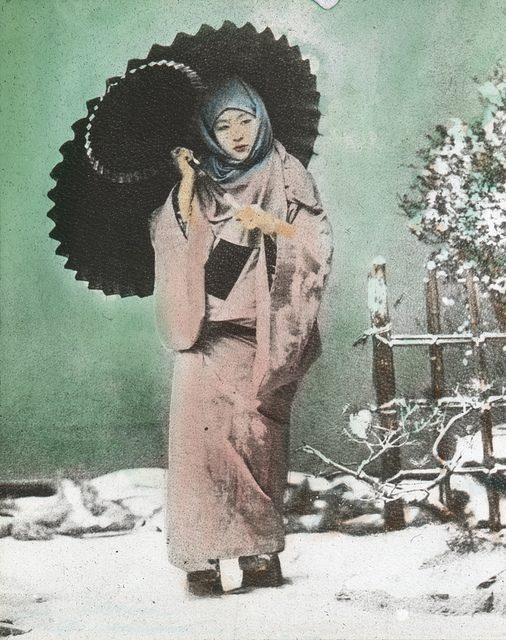
‘The costume of women in winter is mostly of silk, coarse or fine according to the means of the wearer. The shoes are raised on pieces of wood, like stilts, about three inches above the ground.’
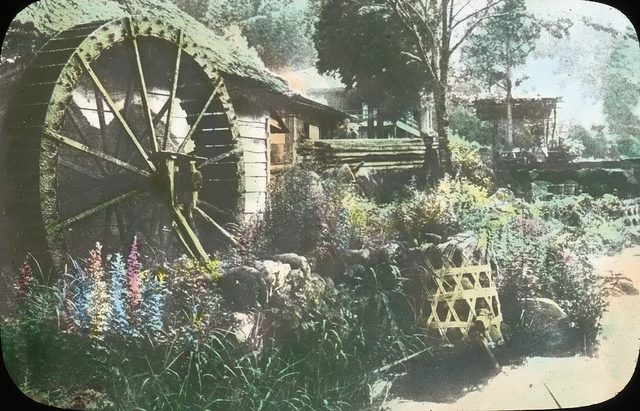
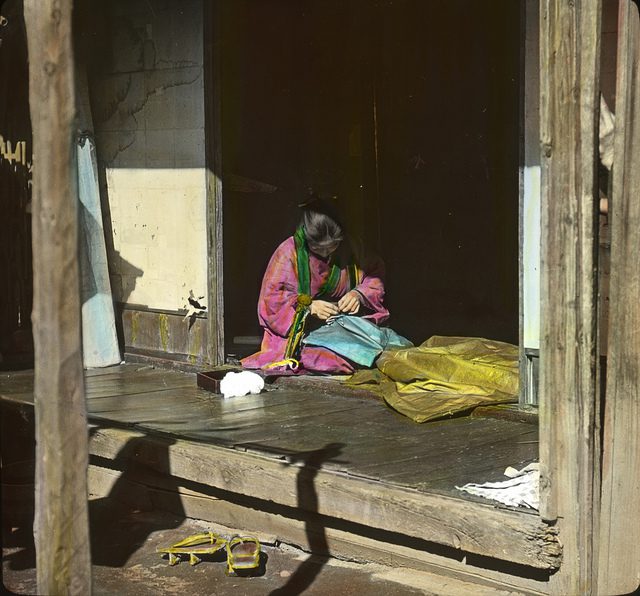
‘The woman is taught from girlhood to be modest, retiring and obedient as daughter and wife, and as a rule she is almost certain to avoid spinsterhood, so well-planned is the marriage machinery in Japan. Courtship is unknown as we know it. The bringing about of marriages regularly the work of a private go-between, who brings the young people together after the parents on both sides, with additional precautionary inquisitorial go-between, have agreed to a proposed match.’
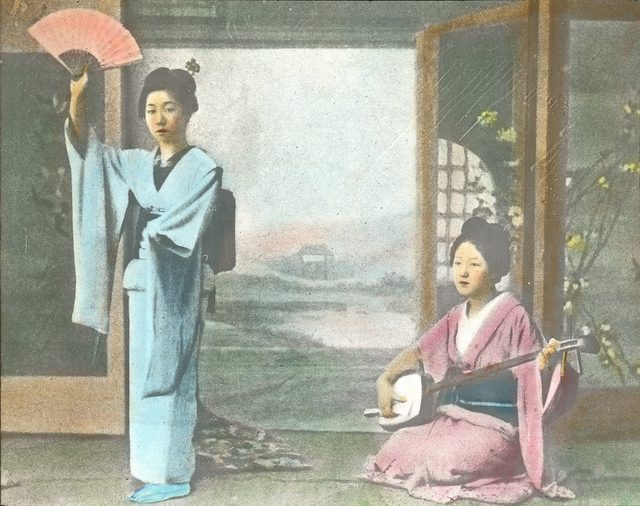
‘A Geisha House is not generally a large establishment– six or seven to a dozen Geisha’s and half as many musumes make it up. The mother or keeper is generally an old geisha, often a once celebrated dancer and entertainer, as one may guess fro the many middle-aged or aging men who will sit down beside her and swap stories with her about merry old times of other days.’
Complement with the wonderful 2:46: Aftershocks “quakebook” project — a Twitter-sourced anthology of art and essays by and for Japan, benefiting earthquake and tsunami relief.


